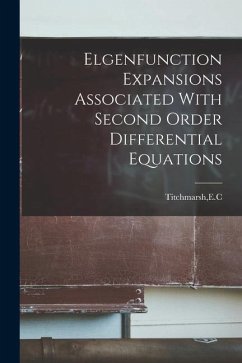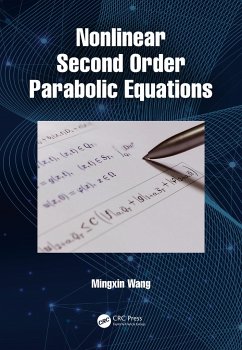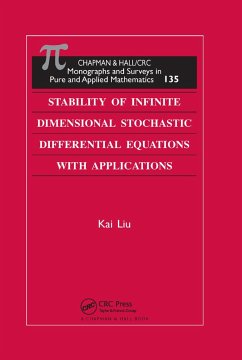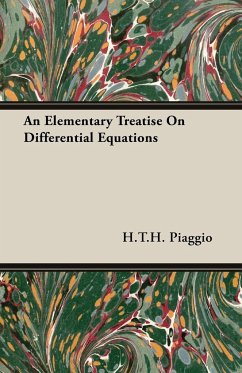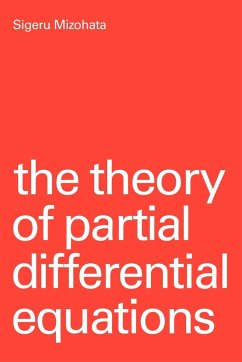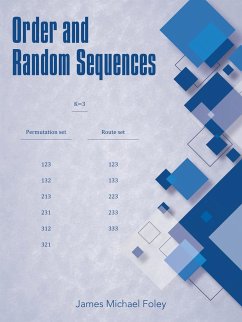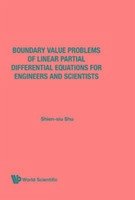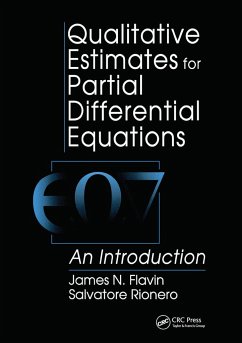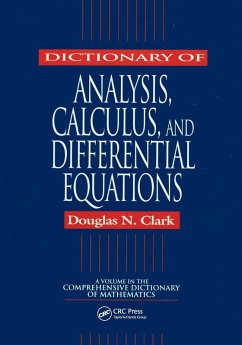
Elgenfunction Expansions Associated with Second Order Differential Equations
Versandkostenfrei!
Versandfertig in 1-2 Wochen
31,99 €
inkl. MwSt.
Weitere Ausgaben:

PAYBACK Punkte
16 °P sammeln!
The idea of expanding an arbitrary function in terms of the solutions of a second-order differential equation goes back to the time of Sturm and Liouville, more than a hundred years ago. The first satisfactory proofs were constructed by various authors early in the twentieth century. Later, a general theory of the singular cases was given by Weyl, who-based i on the theory of integral equations. An alternative method, proceeding via the general theory of linear operators in Hilbert space, is to be found in the treatise by Stone on this subject. Here I have adopted still another method. Proofs ...
The idea of expanding an arbitrary function in terms of the solutions of a second-order differential equation goes back to the time of Sturm and Liouville, more than a hundred years ago. The first satisfactory proofs were constructed by various authors early in the twentieth century. Later, a general theory of the singular cases was given by Weyl, who-based i on the theory of integral equations. An alternative method, proceeding via the general theory of linear operators in Hilbert space, is to be found in the treatise by Stone on this subject. Here I have adopted still another method. Proofs of these expansions by means of contour integration and the calculus of residues were given by Cauchy, and this method has been used by several authors in the ordinary Sturm-Liouville case. It is applied here to the general singular case. It is thus possible to avoid both the theory of integral equations and the general theory of linear operators, though of course we are sometimes doing no more than adapt the latter theory to the particular case considered. The ordinary Sturm-Liouville expansion is now well known. I therefore dismiss it as rapidly as possible, and concentrate on the singular cases, a class which seems to include all the most interesting examples. In order to present a clear-cut theory in a reasonable space, I have had to reject firmly all generalizations. Many of the arguments used extend quite easily to other cases, such as that of two simultaneous first-order equations. It seems that physicists are interested in some aspects of these questions. If any physicist finds here anything that he wishes to know, I shall indeed be delighted but it is to mathematicians that the book is addressed. I believe in the future of mathematics for physicists, but it seems desirable that a writer on this subject should understand physics as well as mathematics.





